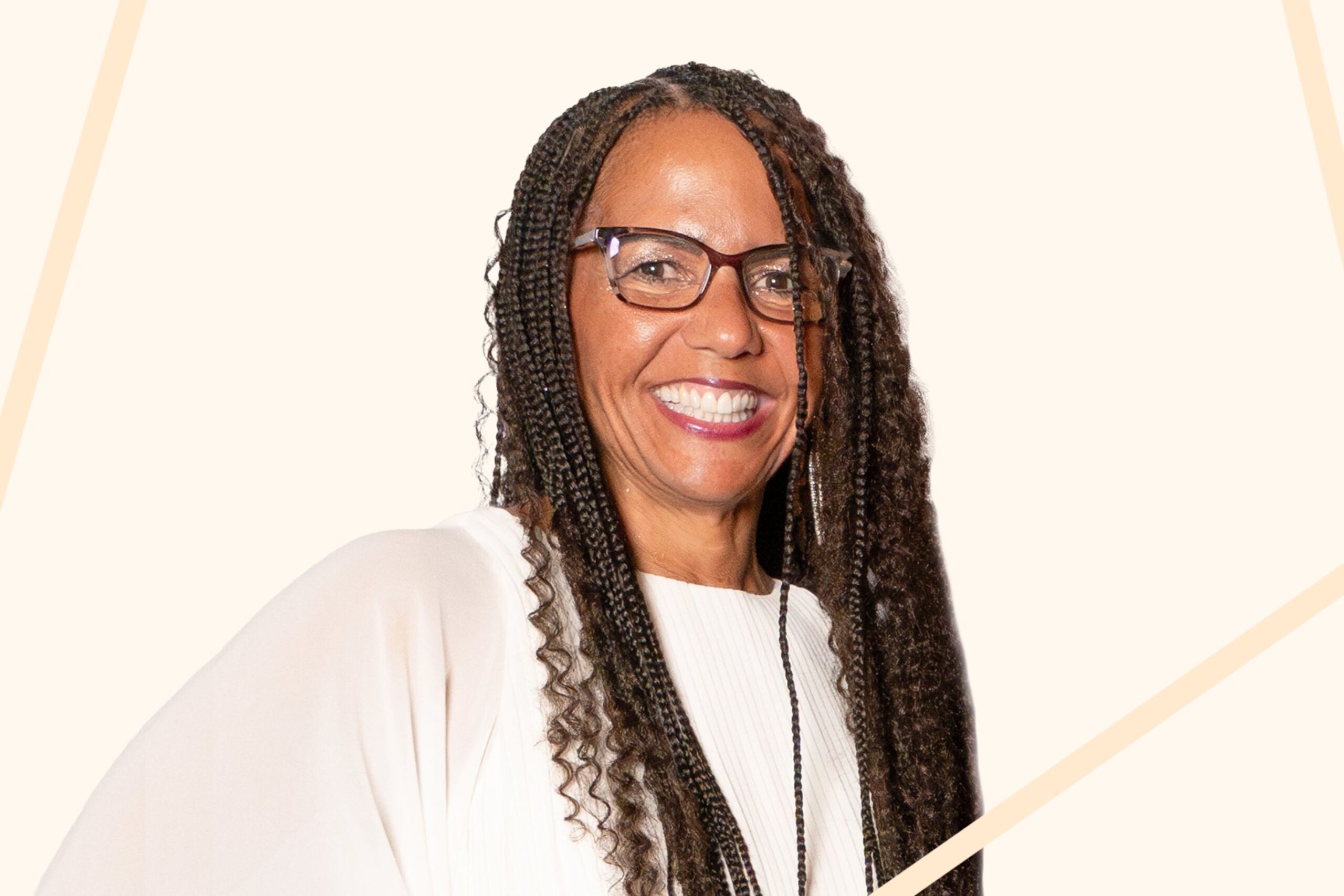
How to Write a Job Description That Promotes Equity
Many organizations defer to cutting and pasting job descriptions or rely on the Internet to provide them with templatized job description language. However, clear, accurate job descriptions and appropriate benchmarking are critical for setting employee expectations, attracting competitive talent, and building a more equitable workplace.
For example, employees might share the same job title, but one employee might end up carrying a heavier workload than their counterpart—usually for no additional compensation. These types of imbalances perpetuate favoritism and widen existing gaps, especially for women and people of color.
Creating job descriptions can initially feel daunting because many organizations don’t have an up-to-date system for keeping and updating them. It’s important to benchmark the nuts and bolts of each job, but specifics of how a job description fits in your organization are less relevant. Below, we’ll share how you can streamline the process of creating and updating job descriptions to include the most critical and equitable elements.
It’s important to remember job descriptions are used by the employee and the human resources department for different purposes. The following sections detail how different stakeholders leverage the job description, so managers understand what should be included.
Questions to Ask – Whether You are a Candidate or Hiring Manager
The Candidate/Employee Lens
Appetite:
Is this the right role for me?
Will I enjoy this kind of work?
Is it worth spending time going through an interview process?
Readiness:
Will I be competitive?
How do my skills and expertise stack up?
Effectiveness:
Once I’m on the job, what does it mean to do this job well?
How will I be held accountable?
What does success look like?
Additional Advice for Job Seekers: Navigating Career Change: A Guide to Reinventing Your Professional Path
The Talent Leader Lens
Hiring Criteria:
What should we assess in the hiring process?
What experience, skills, and expertise are we looking for in our candidates?
Training Scope & Sequence:
Once this role is filled, where might we need to provide training or professional development support? This is especially important when staff are promoted into new positions.
Job Complexity:
How does this job compare to the others in our organization? Is it more challenging to execute?
Where will the individual in the role have autonomy?
What are the core responsibilities? This is the driving factor for benchmarking and developing salary bands.
Expert Advice: Learn how to steward a great hiring process for your candidates, read it here.
What Every Job Description Should Include for Benchmarking:
- The Big Buckets: Organize all the day-to-day tasks into a few categories so that staff can see at a glance what they are responsible for. Managers should update job descriptions at least once a year as key responsibilities often shift when the organization grows and changes.
The Birds Eye View: Clarify where this role sits in the organization’s structure. Outline reporting structures and teaming expectations, so staff know where they have the autonomy to make decisions and whether there are any people management expectations.
The Basic Requirements: It’s crucial to keep requirements at a minimum to avoid ruling out candidates with diverse backgrounds who could be a good fit for the work. Get clear on work experience and degree requirements to set the candidate up for success. Be transparent about non-negotiable working conditions like travel needs, physical requirements, and atypical work environments in accordance with the American Disabilities Act.
Common Missteps by Talent Leaders
Organizations should avoid a couple of common missteps when developing job descriptions.
Misstep #1: Focusing on the future
- The purpose of the job description is to clarify the ‘now’ of the work. It’s not helpful to make assumptions about future needs or hold candidates accountable to a moving bar for readiness. Instead, use an organization-wide competency model to clarify role progression. The job description should not include work expectations that sit at a more senior level. Getting clear on the work needed for the organization’s current structure is necessary to get the right benchmark.
Misstep #2: Focusing on the staff member ‘in-seat’
- Often, high performers elevate a role. They master the work required and start to take on more rigorous, more complex tasks. On the other hand, there are often individuals who haven’t developed the skills needed for the role, and it seems the position has been downscoped. Job descriptions should reflect the work required without regard to the individual currently doing the role. If the role were vacant, what competencies would you hire for? What responsibilities are core to the job? Getting clear on this allows you to select more accurate benchmarks.
Moving Forward
Job descriptions are a critical part of creating a more equitable workplace and set clear and fair expectations right from the beginning. To learn more about how Edgility can help you benchmark roles and place exceptional leaders, click here.





